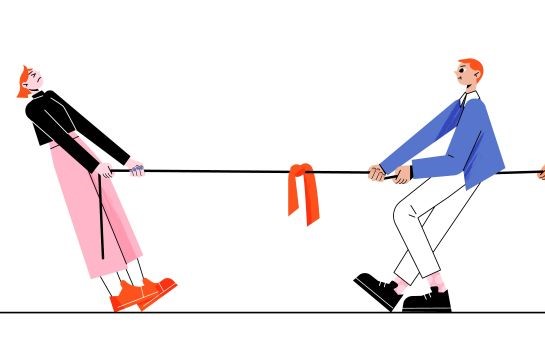Women in tech in 2024: The challenges we face and opportunities we see

Today, and every day, we celebrate the incredible women who are making waves in the ever-evolving world of technology. From coding geniuses to CEOs breaking the ceiling, these women are not only shattering stereotypes but building the future we'll all inhabit.
For far too long, tech has been a male dominated industry with ageism and sexism in the technology space ranging from subtle micro-aggressions and everyday sexism through to harassment and discrimination being commonplace, especially as women rise in seniority. The expectations of what is the correct “fit” in the tech industry can be very surface level and based on physical attributes. One Diginex colleague advised: “Being a computer scientist, I have worked in a male dominated field my whole career, so have experienced gender discrimination, harassment, and sexism on many occasions. On a number of occasions, I’ve been invited to speak at national / international conferences and, when getting up to go to the podium [after having had my name called] had organisers tell me to sit down and wait my turn so the ‘real’ [scientist] can arrive.”
The issue is not exclusive to confused organisers within the conference circuit, in the field, technology is still seen very much to be exclusively the domain of men in some countries. It is not unusual for women in tech having to take supporting roles within projects to accommodate social norms to just do their jobs. “More recently and in field work, I have experienced sexism / gender discrimination based on cultural attitudes towards women. In two countries, I’ve had to train a (less experienced) male colleague to interview participants or perform training so that male stakeholders will participate”.
But the winds of change are blowing. More and more women are choosing tech careers, bringing with them diverse perspectives, experiences, and a wealth of talent. Considering this, we asked our colleagues to reflect on where we saw opportunities to foster an environment of support and one surprising area that came out of the discussion was the side effect of reducing bias and discrimination in tech development resulted in making spaces or amplifying the voice of female developers and product managers within technology companies.
With recent articles on gender bias in AI tools in the news, the issue is a very real problem to solve. To give some context, technology is particularly interesting regarding bias and discrimination because of its scalable nature. There could be a team of 5 developers behind a piece of code supporting 500,000 users. In the past, technology has not been very good at acknowledging its impact and mitigating negative. In the end, every design, every line of code is a mini decision made by a human with their own biases. Whilst there are still many issues, there is more awareness nowadays and we can learn from technology development on how to improve and reduce bias through:
- Continuous feedback loops: As part of development each stage of design and build requires a continuous feedback loop where team members meet and discuss the build. This allows team members to provide input on decisions and processes, helping to identify and address biases as they arise.
- Regular retrospection: Providing a safe space for team members to discuss any concerns related to biases or sexism in the team dynamics or decision-making processes.
- Focus on the user: By involving diverse stakeholders, including customers and end-users, biases in product design and feature prioritization can be identified and addressed.
- Self-organizing teams: Team members are empowered to make decisions collaboratively. By distributing decision-making authority among team members, biases from individual decision-makers can be mitigated.
- Measure what matters: Being metrics-informed but values-driven, recognizing that metrics are only one of several imperfect tools to inform decision-making in a complex environment.
- Anti-KPIs: Establish measurements of failure, describing the harmful consequences of product/business decisions.
Through these steps female developers and product managers are being listened too. That said, we do not believe the change ends with operational decision making within an individual company. Support throughout each stage is required, to attract, retain and promote gender diversity, including:
- Early engagement to get girls interested in STEM through education, or in further studies with initiatives such as Women in tech or Women in engineering programs in the university.
- Proactive statements from companies saying women should apply and positive discrimination in hiring practices.
- Collaboration across the broader tech sector perspective, with organisations that aim to improve diversity in their own field (e.g. Women in AI, or Diversity Equity and Inclusion at ISC2).
- Women in the field supporting each other by asking the question “How can I proactively promote other women in my field, in my conversations with others etc” creates a powerful support base for change.
- Allyship within their organisation through creating a supportive space (encouragement and support to run their ideas) or a sense of security (male colleagues trusting you as an individual or “having your back”).
Encouraging women into STEM jobs and continuing to break down gender inequality in the workplace requires a commitment and proactive steps from the organisation to address gender inequality, and a long-term commitment from the industry and employers.



